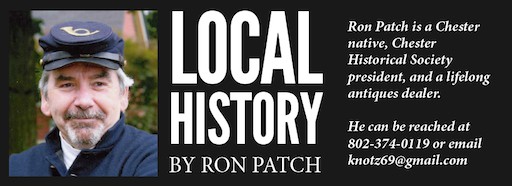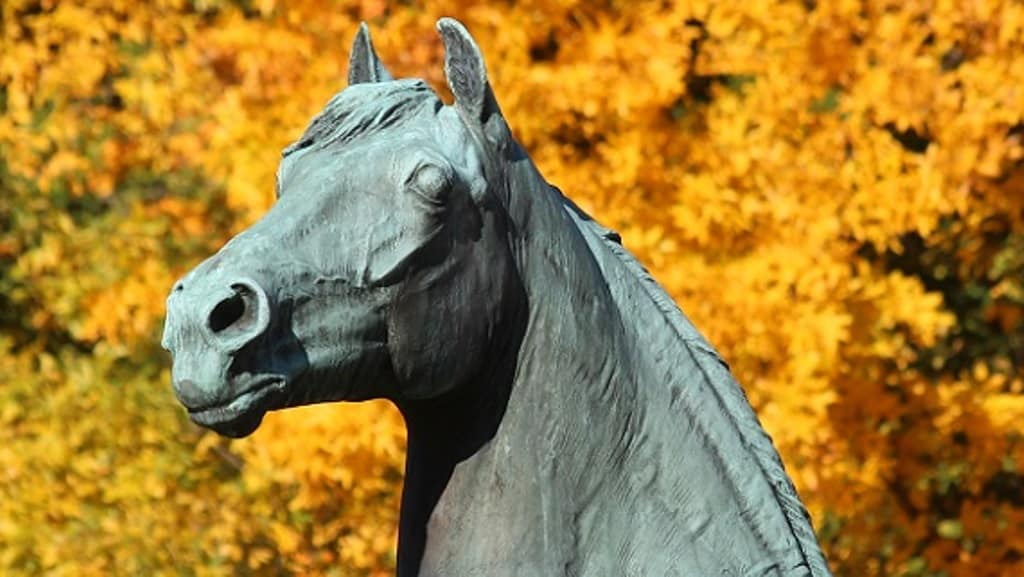
In the 1948 “Green Mountain Whittlin’s,” I found some interesting stories of old Vermont. These stories were submitted by people around the state. Below are a few I found interesting.
Keep in mind as you read each story that the story probably took place a hundred years before the publication date of 1948.

Joe Battell’s Horses
“To follow up the conversation relative to Joe Battell and his eccentricities, here is a little more about his horses.
“This bit of lore is in regard to the names which he chose for his pets. The affection that he had for his horses amounted to practically an obsession with him.
“He was called a genius for picking the names as the following may prove. One pair was Julius Ceasar and Julia. These were Julius and Julie for short. Another pair were known as Richard and Lester. Their full names were Richard the Lion Hearted and Earl of Leicester. Some times he drove a span of four, and he used a lead horse called Squirrel.
“He also had Charming whose real name was Charmian. Charmian was said to be a handmaid of Cleopatra and also the daughter of Thought. Sweet Maria was a mare whose disposition was not in accordance with her name, any more than Charming lived up to hers.
“Two other horses worthy of mention were Motion and Afterthought. Motion was a beautiful Morgan whose beauty was comparable with Justin Morgan himself and he was the model used for the statue now at the Horse Farm in Weybridge. The other horse was Thought, whose driving mate was a son of Afterthought. The horses were famous for their track records.”
“From: ‘Writings of Mary Pollard.’ And a conversation with Arthur Fitzpatrick of Ripton, Vt.”
The Happy Adolescent
“This is a true story of nearly one hundred years ago. One morning a boy of sixteen came hustling down Clay Hill in Montpelier singing and laughing to himself. One of the older residents halted him and said, ‘David, you seem to be happy this morning.’ His answer was. ‘I am, Mr. Cummings, I am happy, my father is dead, and I’ve got his watch.’”
Thetford Forget-me-nots
“In Thetford, approximately one hundred years ago, lived a country doctor named William Worcester. Dr. Worcester was very fond of the flower known as the forget-me-not. He gathered the seeds from his garden and as he drove over any of the bridges throughout the countryside in his horse and buggy he would toss the seeds into the brooks. Today along many small streams in Thetford and the surrounding towns one will find in June a colorful border of forget-me-nots. This is a lasting memorial to one of our country doctors. Contributed by Cecilia Murphy, Bradford.”
Foot-Print of a Pre-Historic Bird
“Until about the beginning of the nineteenth century, a natural curiosity in a rock at Bellows Falls excited interest in scientific circles of the country. Near the end of the canal, upon a point of rock extending into the Connecticut River, there was the clearly defined foot-print of a huge bird of some unknown species. It was described as an exact reproduction of an exaggerated hen’s track and measured five feet in length. It had an appearance likened to that of a bird, of that size, stepping into a plastic substance, as of the rock when in its formative stage. It was a particularly hard specimen of gneiss rock which was in layers of about one foot thick.
“For many years this curiosity attracted the interest of visitors, travelers, and scientists. It was described in different publications, and strangers frequently requested to be guided to its location as one of the attractions of that place.
“About the year 1800, the faculty of Dartmouth College arranged to secure the curiosity for their museum. A time was set for the removal to Hanover, of the section of stone in which it was embedded. Some unappreciative and jealous persons, learning of the plan to remove it, blew the interesting specimen into fragments, with powder, rather to have it taken from this vicinity. Contributed by R. Talbert, Bellows Falls From the History of Rockingham, Vt.”
The last few pages are epitaphs found in Vermont cemeteries.
Windsor 1822
Here lies my wife – and she is dead
Her clack is stop’d – her breath is fled –
Say, gentle reader, should it grieve us,
When our worst tormentors leave us?
This week’s old saying my father said when something really stunk: “That’s enough to knock a hyena off a gut wagon.”